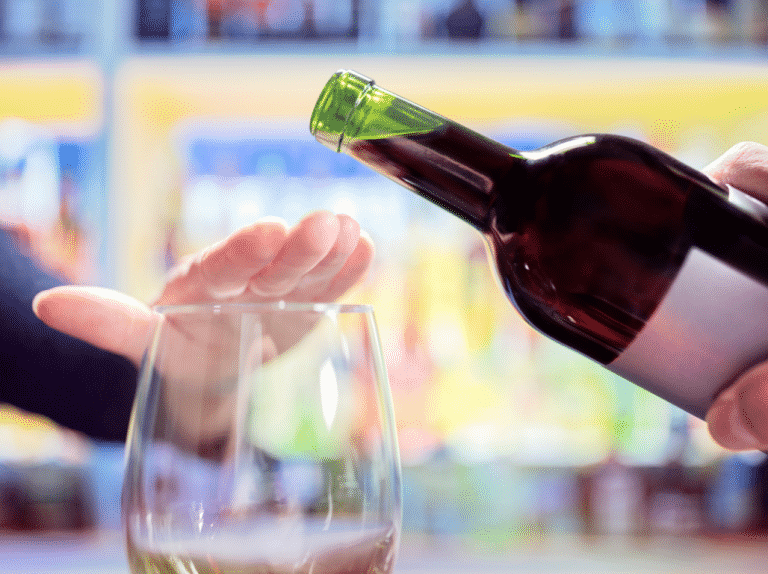Wondering If You Have Problematic Drinking
Problematic drinking happening more and more these days, especially with women. We have heard so many stories of increased drinking over the last few years so know this. You are not alone.
Almost everyone has turned to a comfort behavior at times. But, perhaps what began as comfort drinking turned into something more sinister as time passed? Problematic drinking can sneak up on you! But, as we re-enter life again, it may be time to consider whether all that drinking is necessary.
What Are The Signs Of Problematic Drinking
There are several indicators of a budding alcohol problem. If not caught and addressed, anyone exhibiting these signs has a great chance of developing an alcohol addiction, if they haven’t already. Alcohol is considered the king of addictions because it’s easily accessed and in a way, unexpected. According to the Mayo Clinic, here are 12 warning signs of problematic drinking.
Problematic Drinking 1: Drinking alcohol alone or closet-drinking
If a habit has to be hidden, the behavior is probably either dangerous or won’t be accepted. When drinking is hidden or done in secret, that means the user is ashamed of the particular action. Learn more about Alcoholism During Covid.
Problematic Drinking 2. Inability to limit alcohol drinking
If someone is unable to stop after “just one drink,” that can be a big indicator that there’s an issue. When a user can’t turn off the proverbial button, drinking can become a dangerous activity due to the effects of intoxication.
Problematic Drinking 3: Experiencing blackouts after drinking
After consuming too much alcohol, it’s likely that the user may either not remember snippets of the events which took place while drinking. Or, they may blackout and forget the entire night. This is dangerous because the user’s ability to reason was most likely decreased, which could lead to destructive, criminal activities.
Problematic Drinking 4: Can’t Go Without It
If someone either can’t go a day without their ritualistic drink, this could be a red flag. They’ve formed a habit, possibly without realizing it, which can lead to addiction.
Problematic Drinking 5: Losing Interest In Hobbies
This person may have once loved a certain activity, but has lost interest due to the use of alcohol. Either they would prefer to drink, or have to forgo the activity due to alcohol’s lasting effects.
Because alcohol is so easily accessible and considered a gateway drug, it’s important to deter teens from using. Whether it’s due to social pressure or curiosity, here are 30 ways to keep your teen from drinking.
Problematic Drinking 6: Cravings For Drink
If this person has the urge to drink, especially if this is often, this is a sign of problematic drinking.
Problematic Drinking 7: Irritable When No Alcohol Is Available
This person is used to having alcohol around and when it’s not within reach, they easily can become moody and distant.
Problematic Drinking 8: Keeping Alcohol In Odd Places
This can be similar to hiding their drinking. If someone feels the need to hide their liquor (or go as far as to keep it in the car/at work), this may mean they’re afraid to go too long or too far from their liquor.
Problematic Drinking 9: Gulping Drinks
This includes ordering “doubles” or becoming intentionally intoxicated to feel good or “normal.”
To learn more about the long and short-term effects of alcohol, click here.
Problematic Drinking 10: Building a tolerance
Not only does this mean they’ve been drinking frequently, but it also means that they need to consume more drinks to feel alcohol’s effects.
Developing an alcohol addiction can sneak up on a person – many people don’t realize it’s a problem because they’re able to keep their lives together.
Problematic Drinking 12: Having Legal, Relationship, Or Employment Problems
It’s illegal to drive while under the influence. When alcohol becomes a problem, the user may find him/herself driving under the influence. This can also lead to relationship troubles due to the new “persona” alcohol forces abusers to assume while intoxicated. Employers may also catch on when the user either cannot come to work in the morning or does come to work, either drunk or hungover.
Problematic Drinking 13: Experiencing physical withdrawal symptoms
This includes nausea, sweating, and shaking when the user isn’t drinking. The fact that they cannot go a day without having to drink to feel “normal” should be addressed.
For more information about alcohol, click here for the overview.
Check Out The Mother Daughter Relationship Makeover
More Articles To Read
Technology In Behavioral Health Services
Silent Wounds: Stop Struggling With Childhood Trauma
Stop The Lonely With Peer Support Groups
Do You Understand The Cycle Of Addiction





















